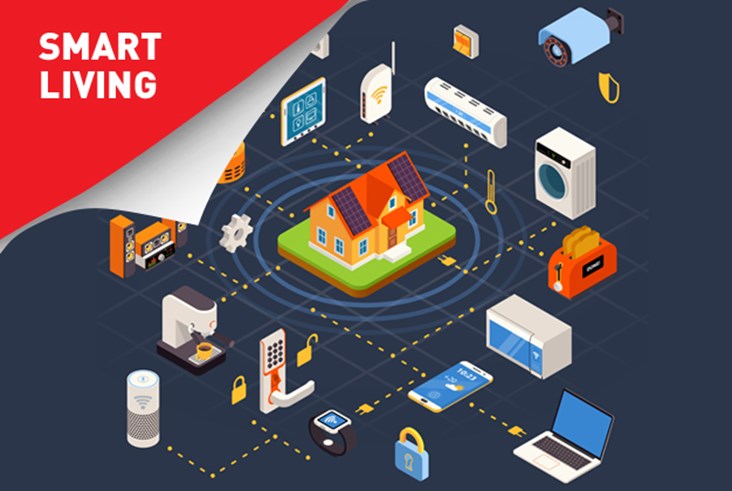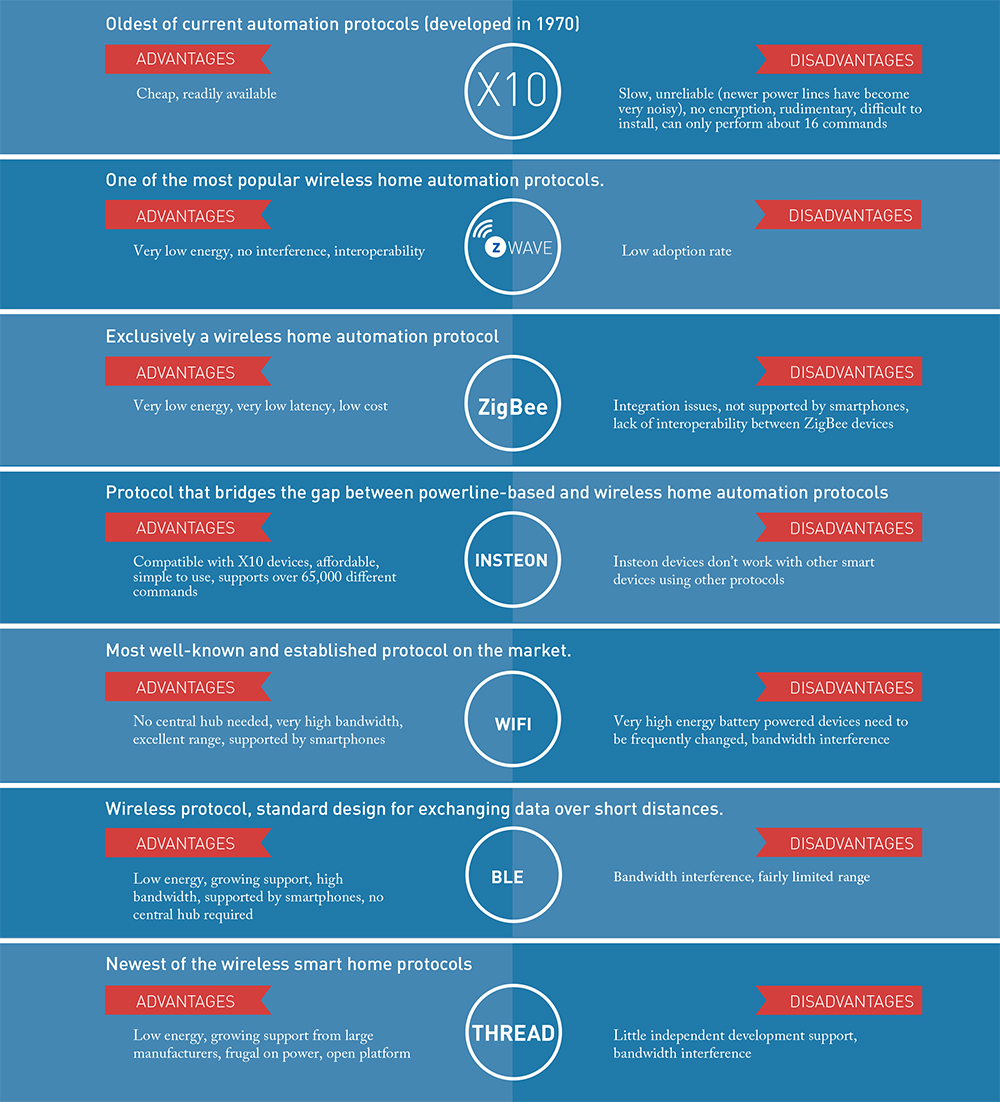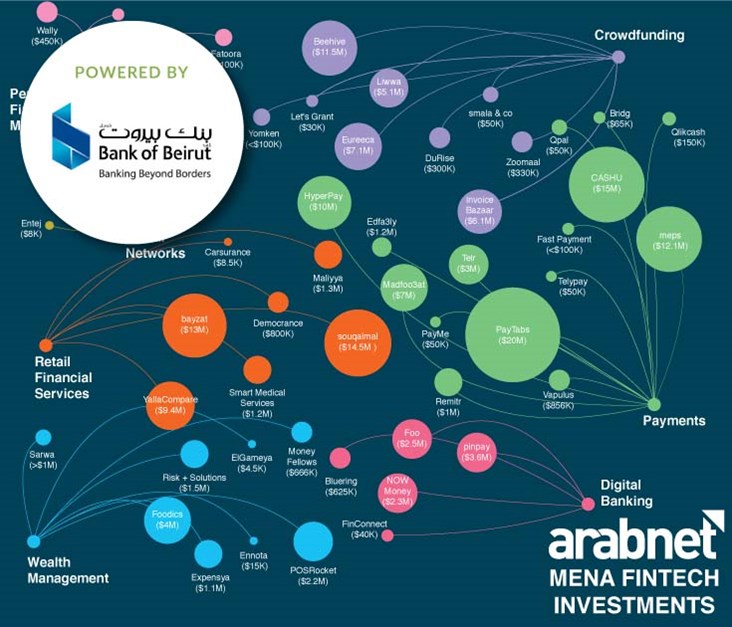
The term ‘smart home’ is modernly used to describe homes that have electronic devices and systems that can be controlled remotely by the owner, often via a mobile app, however, the concept of managing all the functions of a home with a centralized control system dates back to at least the beginning of the 20th century. The earliest working prototypes of automated houses debuted in the 1930s at World Fairs in Chicago and New York City, but these homes were never intended to be commercially available. It wasn’t until the 1970s with the invention of the microcontroller, a computer on a chip that is used in most of today’s complex electronic devices that marketing a fully-wired ‘smart’ home automation system became economically feasible.
Today, the smart home industry is in the exploration phase and experiencing major shifts, with several players experimenting with new products or services and accelerating the expansion of the smart home market. The first shift is connectedness and intelligence, resulting in an increase in the number of easy-to-use home applications in recent years. Homes have become much more connected thanks to smartphones, and with the incorporation of big data and AI, homes have become more intelligent too. Second, smart home applications are becoming more useful to consumers as greater interoperability among products from different manufacturers becomes a reality. Interoperability systems are quickly shifting from wireline and wireless technologies to more integrated product families and open platforms such as AllSeen Alliance, Open Connectivity Foundation, Thread Group and others.
The following is an overview of the most popular protocols (communication hardware languages that transmit instructions to and from devices) and platforms on the market that smart home devices run on:
Once a homeowner has chosen the protocol of their choice, they can start purchasing compatible smart home devices or a smart hub. Smart hubs provide a central hub to manage and monitor one’s smart home, and are designed for homeowners who already have or are considering buying multiple, connected devices. Smart hubs funnel all devices into a single interface and come in a variety of different packages. Homeowners can buy just a hub and add their preferred gadgets, or purchase starter kits that come with various sensors and extras included.
While the majority of smart home products have been controlled by smartphones or hubs, the newest trend to hit the market, is voice-activated personal assistants. Amazon’s Echo and Echo Dot smart speakers, which are outlets for the company’s Alexa AI assistant, were first launched in the US in 2015 and 2016, and recently, Google also launched its own competitor ‘Google Home’, powered by the search company’s Assistant AI. Even Mark Zuckerberg is in the process of building his own voice-powered smart assistant ‘Jarvis’. While Amazon’s Echo is currently ahead due to its broader skill set, third party support and larger number of connected services, Google Home is quickly closing the gap and it won’t be long before it integrates with more smart home platforms, more Google services, and gets better at understanding context as a conversational assistant.
Latest Business
Intelligence Report













